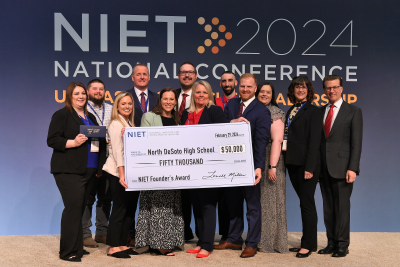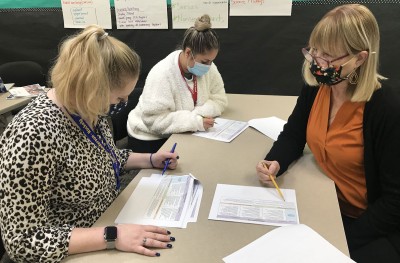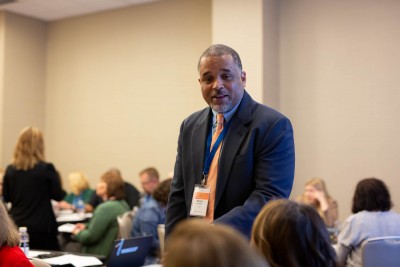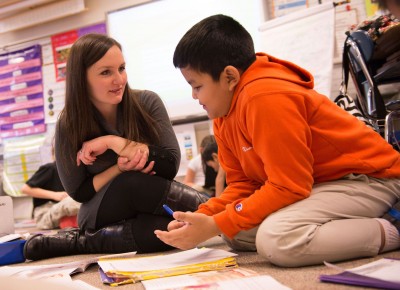Setting and Reaching Even Higher Goals
Chinle, AZ | 2019
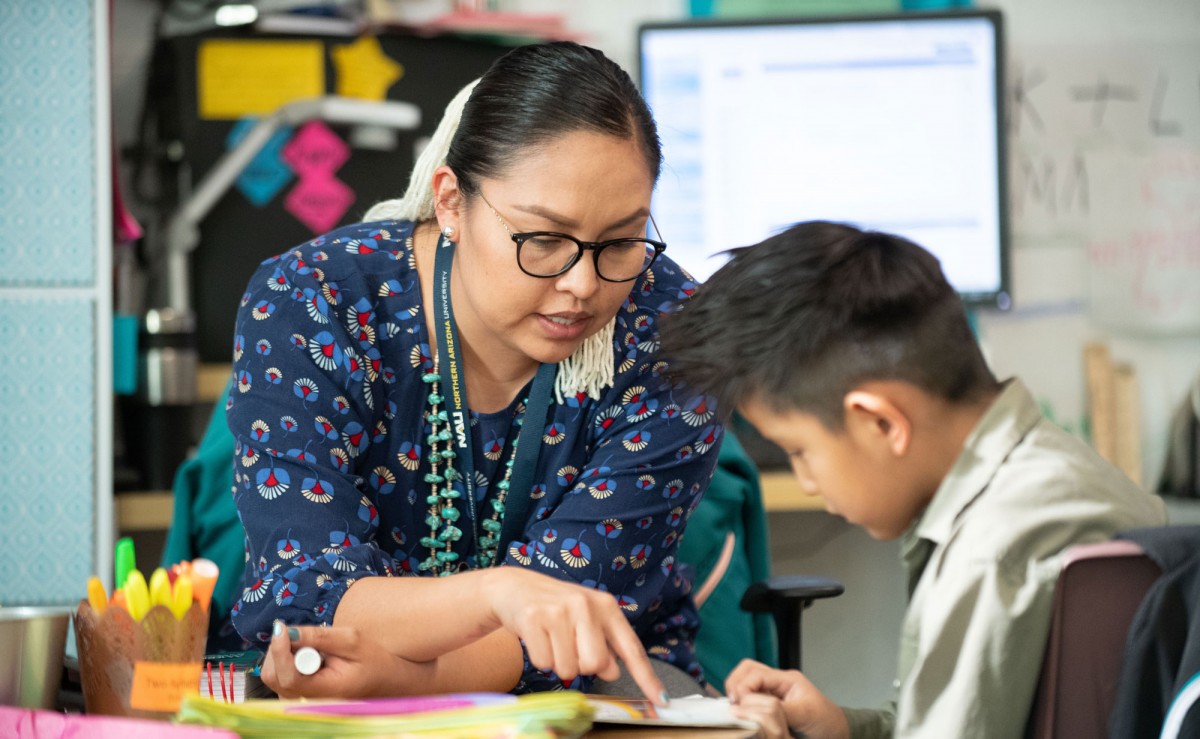
The Scene
Chinle Unified School District, located in northeastern Arizona in the heart of the Navajo Nation and The Land of the Diné, serves 3,700 students. 98% are Native American, and most of these students are members of the Navajo Nation. The district includes seven schools: one high school, one junior high school, five elementary schools, and one pre-K center. The school district has been in existence since 1961 and is a mainstay of the community. Chinle's immersion in Navajo philosophy, culture, and language provides a powerful connection to the community and enriches students' learning experiences.
The Challenge
Chinle faces myriad challenges. Its remote setting means that students live as far as 50 miles from school with some students living in areas without running water or electricity. District buses cover over a million miles a year, including a significant number over unpaved roads. About three quarters of students qualify for free or reduced-price lunch. Many students need food, clothing, and outside support.
In the past, teachers felt isolated in their classrooms and struggled to help their students to excel. Academic achievement levels were significantly below state averages and lagged other reservation districts. The district has struggled to meet multiple, sometimes conflicting, expectations from tribal government, state, and federal accountability systems.
The New Approach
Superintendent Quincy Natay launched a five-year strategic planning process with a focus on building ownership over decision-making and goal-setting among district staff, the school board, and the community. The focus was on empowering students to become more global citizens and effective decision-makers, as well as on developing students’ ability to manage their emotions and beliefs about what they can do and accomplish. The strategic planning process brought into sharper focus the importance of family and community in educating young people and fostering their dreams to become leaders and community builders themselves.
The district partnered with NIET to build a culture of high-quality, shared instructional practices and a structure for collective leadership. This included developing school leadership teams, job-embedded professional learning led by teacher leaders in each building, and the use of research-based teaching standards. Teachers are now supported by school leaders and a cadre of teacher leaders trained as academic coaches. Two academic coaches lead professional learning in each building and serve on the school leadership team. School-based coaches also meet at the district level, building collaboration and networking across schools. Additionally, coaches plan and implement weekly ongoing, job-embedded professional learning to model effective instructional practices.
District and school leadership teams have focused on identifying and growing exemplars within their own system and raising up those mastery-level practices for every teacher. This practical and focused approach was rooted in student and teacher data. To maintain the high level of effort and motivation required to do this work well, Superintendent Natay holds focus group meetings with teachers at each school every month, providing an opportunity to raise challenges and work together on solutions.
The Results
Chinle students have made substantial academic gains. Three years ago, only six classrooms approached state averages in reading and math in Chinle. This year, 34 classes were recognized for approaching mastery, with 24 of those classrooms meeting or exceeding state averages on the state test. Between 2015 and 2019, the district's student passing rates nearly tripled in ELA and doubled in math. This helped move Chinle to the highest-performing reservation district and is closing the achievement gap between students in this high-need district and students in more affluent districts across the state.
Chinle's success in setting and reaching ever higher goals is powered by the skills, knowledge, commitment, and collaboration of its teachers, school, and district leaders. Together they have helped to engage the community, families, and students in partnership to achieve at high levels and believe in their vision for the future.
